Home>Articles>What Are The Important Safety Precautions To Note When Using A PVC Conduit
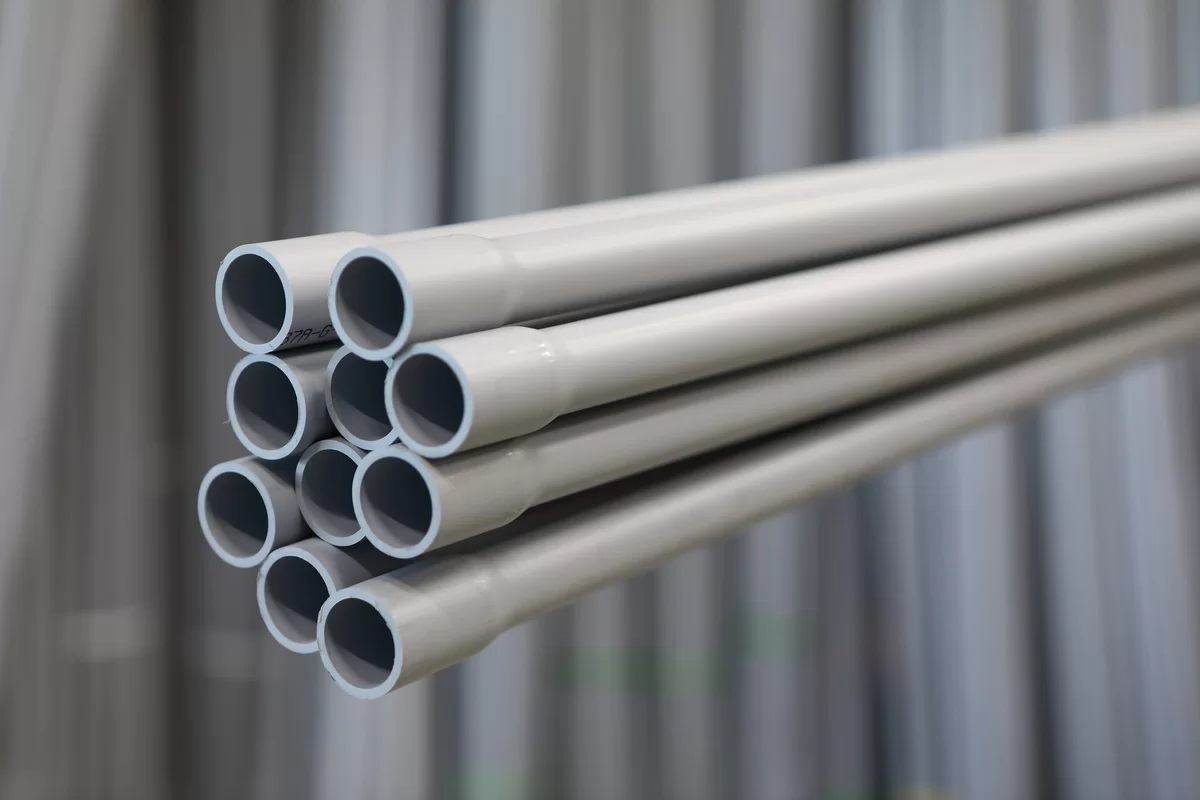

Articles
What Are The Important Safety Precautions To Note When Using A PVC Conduit
Modified: December 7, 2023
Discover important safety tips when working with PVC conduit in this informative article. Stay protected and prevent accidents with proper precautions.
(Many of the links in this article redirect to a specific reviewed product. Your purchase of these products through affiliate links helps to generate commission for Storables.com, at no extra cost. Learn more)
Introduction
PVC conduit, also known as polyvinyl chloride conduit, is a popular choice for routing and protecting electrical wiring in various applications. It is widely used in residential, commercial, and industrial settings due to its durability, versatility, and ease of installation. However, it is essential to prioritize safety when working with PVC conduit to prevent accidents and ensure the overall well-being of individuals involved.
In this article, we will explore the importance of safety precautions when working with PVC conduit and provide valuable insights on how to maintain a secure working environment. Understanding and implementing these safety measures will not only protect workers from potential hazards but also help prevent damage to the conduit itself.
Let’s delve into the realm of PVC conduit safety.
Key Takeaways:
- Prioritize safety when working with PVC conduit to prevent electrical accidents, physical hazards, and fire risks. Use PPE, handle tools safely, and secure the conduit properly for a secure working environment.
- Implement specific safety measures when working with PVC conduit, such as turning off power sources, using proper installation techniques, and avoiding excessive heat. Regularly inspect and dispose of waste responsibly for a successful project.
Understanding PVC Conduit
PVC conduit is a type of plastic tubing that is commonly used to protect and route electrical cables and wiring. It is made from a form of plastic called polyvinyl chloride, which is known for its high durability and resistance to moisture, chemicals, and temperature changes. PVC conduit comes in various sizes and can be rigid or flexible, depending on the specific application.
The main purpose of PVC conduit is to provide a protective housing for electrical wires, shielding them from physical damage and environmental factors. It prevents the wires from being exposed to moisture, dust, debris, and other contaminants that could compromise their integrity and functionality.
PVC conduit is widely used in residential, commercial, and industrial settings. In residential applications, it is commonly found in underground installations, behind walls, and within ceilings to conceal and protect electrical wiring. In commercial and industrial environments, PVC conduit is utilized to route wires across large spaces, such as factories, warehouses, and office buildings.
One of the key advantages of PVC conduit is its ease of installation. It can be quickly and efficiently fitted together using various connectors, elbows, and fittings. Additionally, PVC conduit is lightweight and can be cut to the desired length using simple tools.
However, despite its many benefits, it is crucial to understand that PVC conduit is not entirely immune to damage. If not installed or handled properly, it can be susceptible to cracking, melting, or breaking, which can compromise its efficacy and pose serious safety risks.
Now that we have a basic understanding of PVC conduit, let’s explore why safety precautions are essential when working with this material.
Importance of Safety Precautions
Working with PVC conduit involves various potential hazards that can result in injuries or accidents if proper safety precautions are not followed. These risks include electrical shocks, burns, cuts, falls, and exposure to hazardous substances.
Ensuring the safety of all individuals involved is paramount. By implementing safety precautions, you not only protect yourself and your team but also minimize the chances of damaging the PVC conduit. Here are some key reasons why safety precautions are vital when working with PVC conduit:
- Preventing Electrical Accidents: PVC conduit is primarily used for electrical wiring, which means there is a risk of electrocution if proper precautions are not taken. By following safety protocols, such as wearing insulated gloves, using appropriate tools, and turning off power sources during installations or repairs, you can significantly reduce the risk of electrical accidents.
- Protecting Workers from Physical Hazards: Working with PVC conduit often involves cutting, bending, and fitting the material. This can result in sharp edges or flying debris, increasing the risk of cuts, bruises, or eye injuries. Wearing protective gear, such as safety glasses, gloves, and helmets, can help safeguard workers against physical hazards.
- Minimizing Fire Hazards: PVC conduit can melt or catch fire if exposed to high temperatures or electrical malfunctions. Adhering to safety guidelines, such as avoiding overloading circuits, using proper wire insulation, and installing conduit away from heat sources, can help minimize the risk of fire accidents.
- Preventing Chemical Exposure: Certain chemicals, solvents, or lubricants used during PVC conduit installation or repairs can be harmful if inhaled or come into contact with the skin. By wearing appropriate respiratory masks, gloves, and protective clothing, you can minimize the risk of chemical exposure and ensure the well-being of everyone involved.
- Maintaining Structural Integrity of PVC Conduit: Following safety precautions not only keeps workers safe but also helps preserve the structural integrity of the PVC conduit itself. Mishandling or applying excessive force during installation or repairs can lead to cracks, breaks, or misalignment of the conduit, rendering it ineffective and potentially causing further damage.
By understanding and prioritizing safety precautions, you create a secure working environment that protects individuals, promotes productivity, and prolongs the lifespan of PVC conduit installations.
Now that we appreciate the importance of safety precautions, let’s explore a specific safety measure to consider when working with PVC conduit.
Always wear gloves and safety glasses when working with PVC conduit to protect your hands and eyes from potential injury.
Safety Precaution when working with PVC Conduit
When working with PVC conduit, it is crucial to follow specific safety precautions to ensure the safety of individuals and maintain the integrity of the conduit. Here is a comprehensive safety procedure to consider:
- Use Personal Protective Equipment (PPE): Prioritize the use of appropriate personal protective equipment, including safety glasses, gloves, and helmets. Safety glasses protect the eyes from flying debris or particles, while gloves provide hand protection and maintain a secure grip on tools. Helmets protect against head injuries in case of falls or accidents.
- Turn Off Power Sources: Before starting any work on PVC conduit, always turn off the power source to prevent the risk of electrical shocks. Use a voltage tester to ensure that the power is indeed disconnected before proceeding.
- Handle Tools Safely: Use tools that are specifically designed for working with PVC conduit, such as PVC pipe cutters and deburring tools. Avoid using sharp or improper tools that could damage the conduit or pose a safety risk. Always handle tools in a safe and careful manner to prevent injuries.
- Follow Proper Installation Techniques: When installing PVC conduit, make sure to use appropriate connectors, fittings, and elbows. Follow the manufacturer’s instructions and adhere to local building codes and regulations. Avoid pulling or stretching the conduit excessively during installation to prevent cracks or breakage.
- Secure Conduit Properly: When securing PVC conduit, use appropriate clamps, brackets, or straps to ensure stability and prevent movement. This helps to avoid stress on the conduit and minimizes the risk of accidental disconnections or damage.
- Avoid Excessive Heat: PVC conduit has a melting point, so it is crucial to keep it away from high heat sources. Ensure proper spacing between the conduit and heat-emitting devices, electrical panels, recessed lighting, or any other heat-generating equipment. This reduces the risk of conduit deformation and potential fire hazards.
- Inspect the Conduit: Regularly inspect the PVC conduit for any signs of damage, including cracks, breaks, or wear. If any issues are detected, take immediate action to repair or replace the damaged section to ensure the ongoing safety and integrity of the installation.
- Proper Disposal of Waste: Dispose of any PVC conduit waste properly and in accordance with local regulations. Avoid burning or incinerating PVC conduit, as it can release toxic fumes. Instead, recycle or dispose of it at designated waste collection facilities.
By following these safety precautions, you can significantly reduce the risk of accidents and ensure a safer working environment when dealing with PVC conduit.
Remember, safety should always be a top priority when working with any electrical or construction materials. By adopting a proactive approach to safety, you protect yourself, your team, and the longevity of PVC conduit installations.
Now that we’ve explored the importance of safety precautions and discussed specific measures to consider when working with PVC conduit, let’s wrap up everything.
Conclusion
When working with PVC conduit, it is essential to prioritize safety to prevent accidents, protect individuals involved, and maintain the integrity of the conduit itself. Understanding the potential hazards and implementing appropriate safety precautions can significantly reduce the risk of injuries and damage.
We’ve discussed the importance of safety precautions when working with PVC conduit, including preventing electrical accidents, protecting against physical hazards, minimizing fire hazards, preventing chemical exposure, and maintaining the structural integrity of the conduit. By following these safety measures, you create a secure working environment that promotes productivity and ensures the well-being of everyone involved.
Remember to use personal protective equipment (PPE), turn off power sources before starting any work, handle tools safely, follow proper installation techniques, securely fasten the conduit, avoid excessive heat, inspect the conduit regularly, and dispose of waste properly.
By adopting a safety-first mindset and incorporating these precautions into your work practices, you not only reduce the risk of accidents but also contribute to the overall longevity and effectiveness of PVC conduit installations.
Protecting yourself and your team should always be a priority, and by doing so, you ensure a safe and successful project when working with PVC conduit.
So remember, stay safe, follow the necessary precautions, and make sure every PVC conduit project is a secure and successful endeavor.
Frequently Asked Questions about What Are The Important Safety Precautions To Note When Using A PVC Conduit
Was this page helpful?
At Storables.com, we guarantee accurate and reliable information. Our content, validated by Expert Board Contributors, is crafted following stringent Editorial Policies. We're committed to providing you with well-researched, expert-backed insights for all your informational needs.
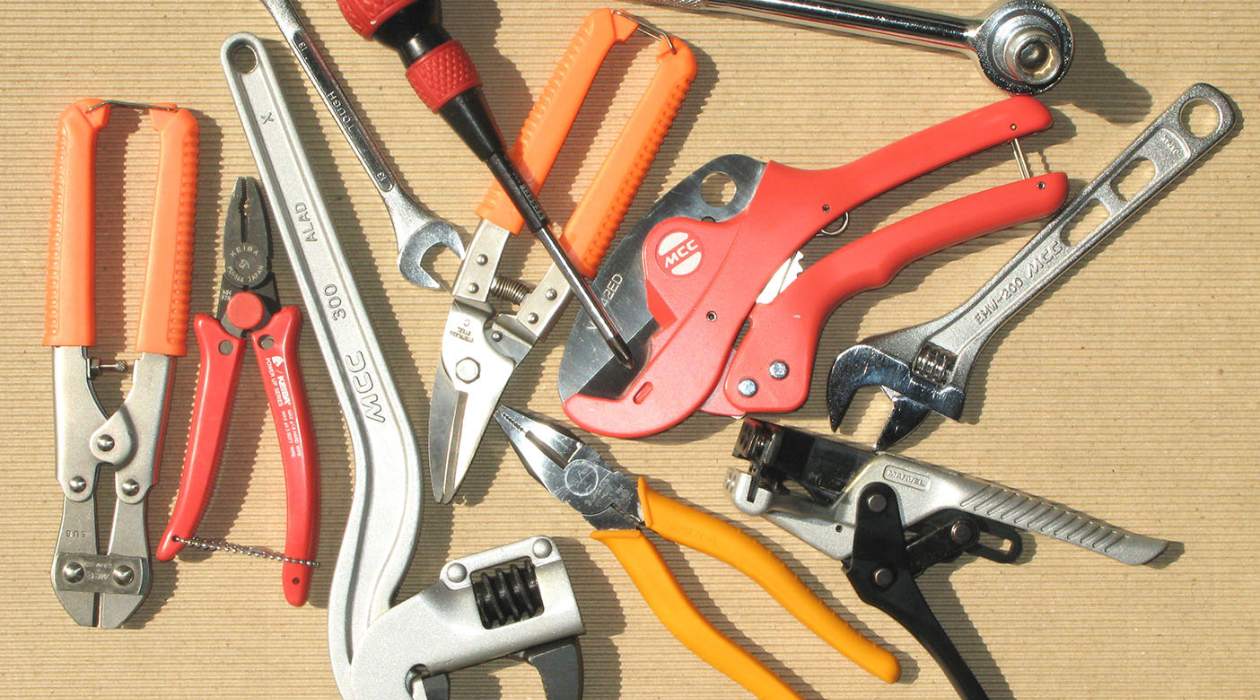
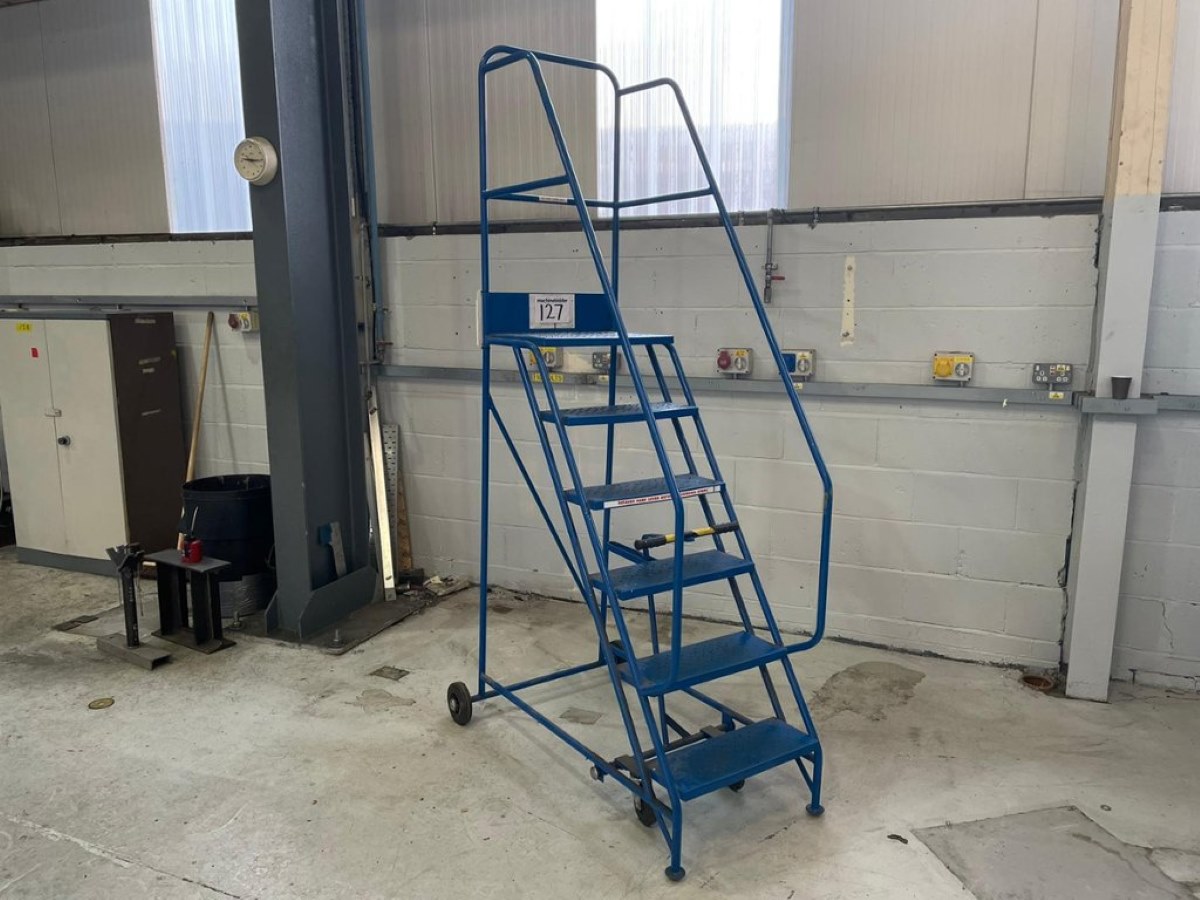
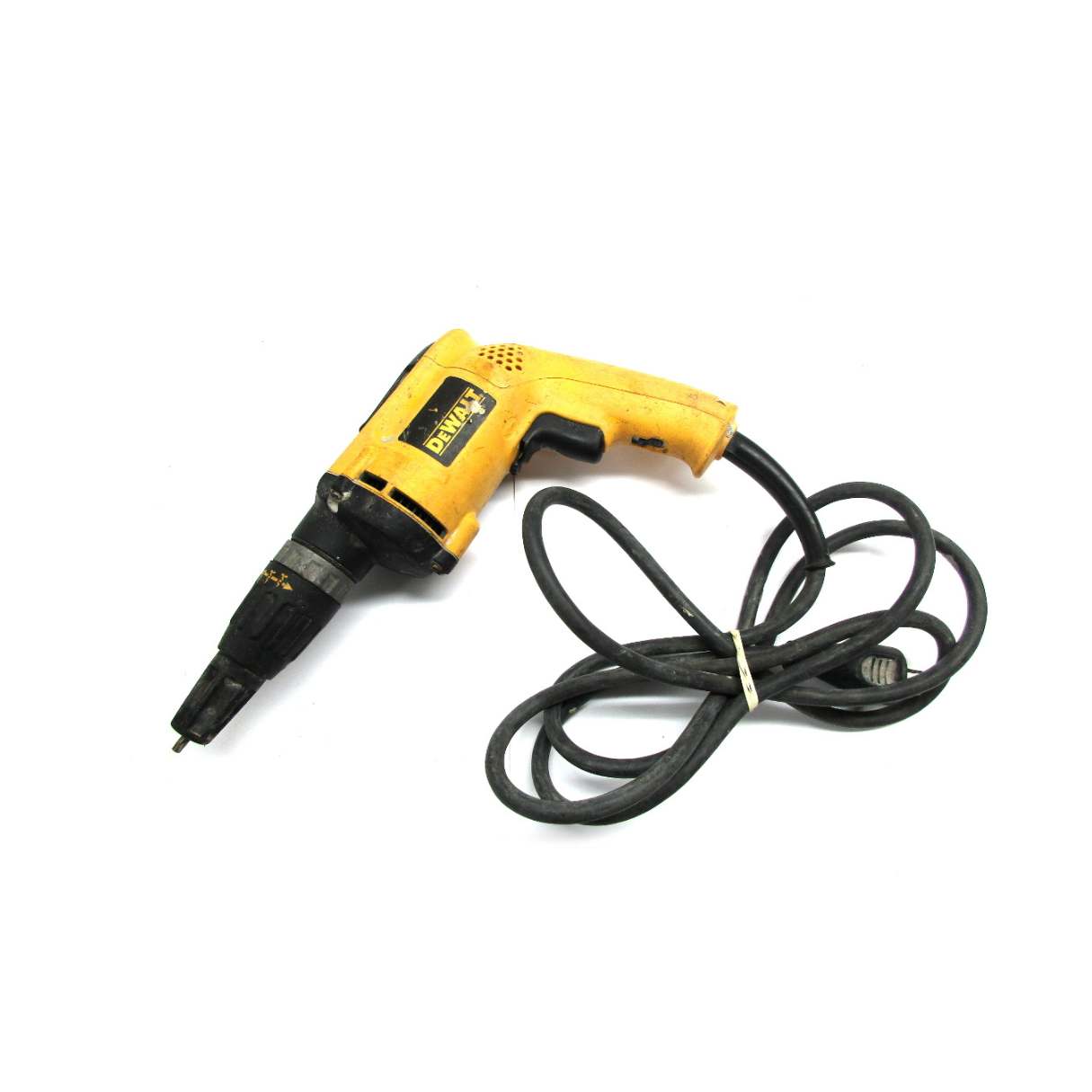
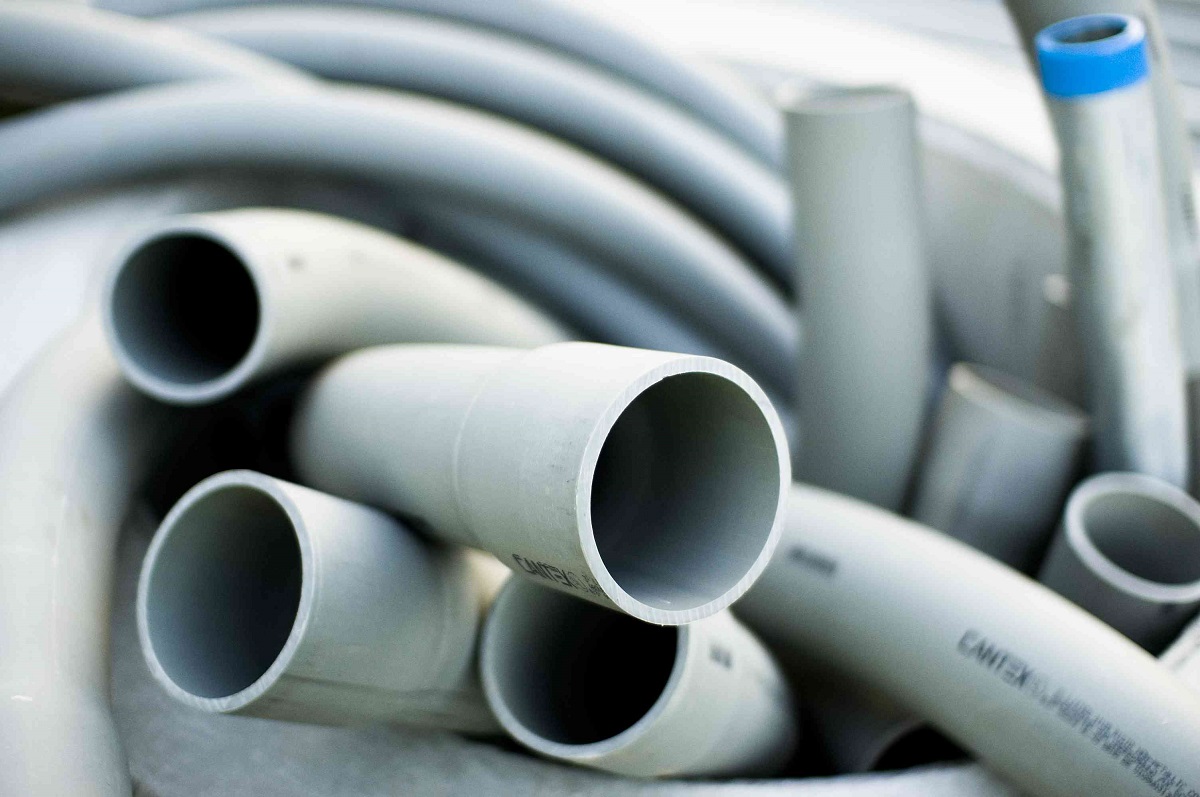
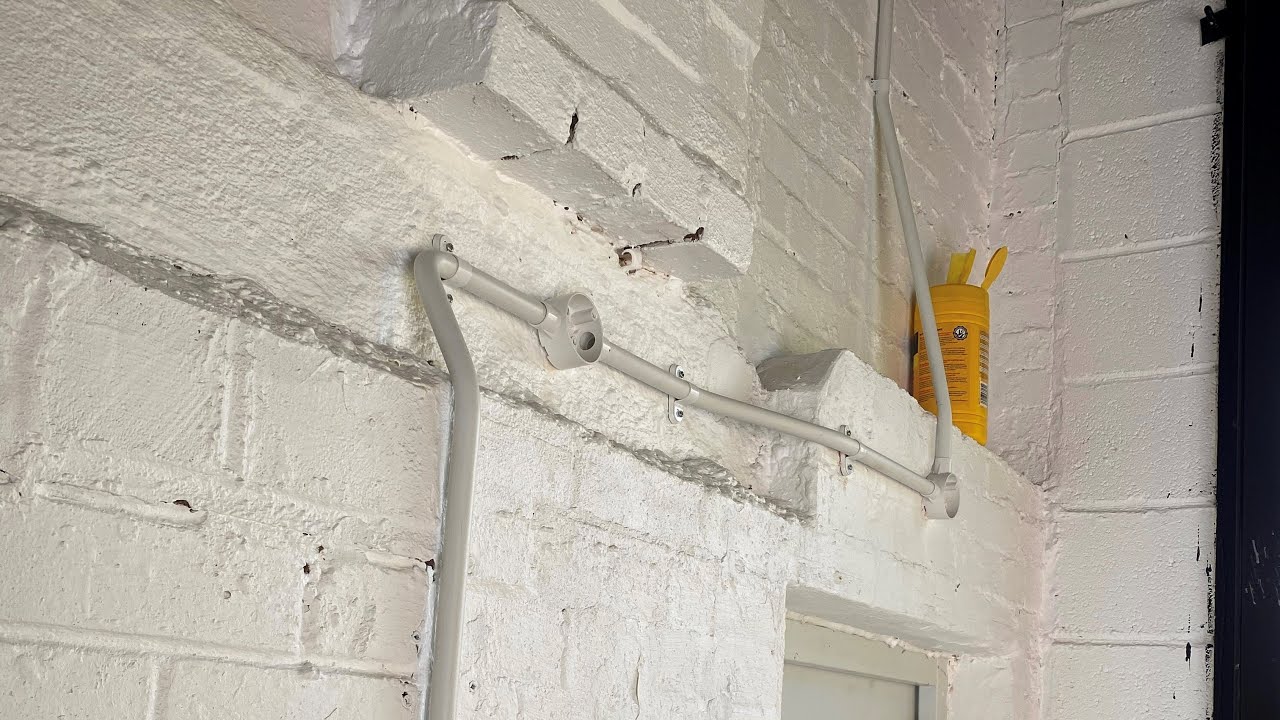
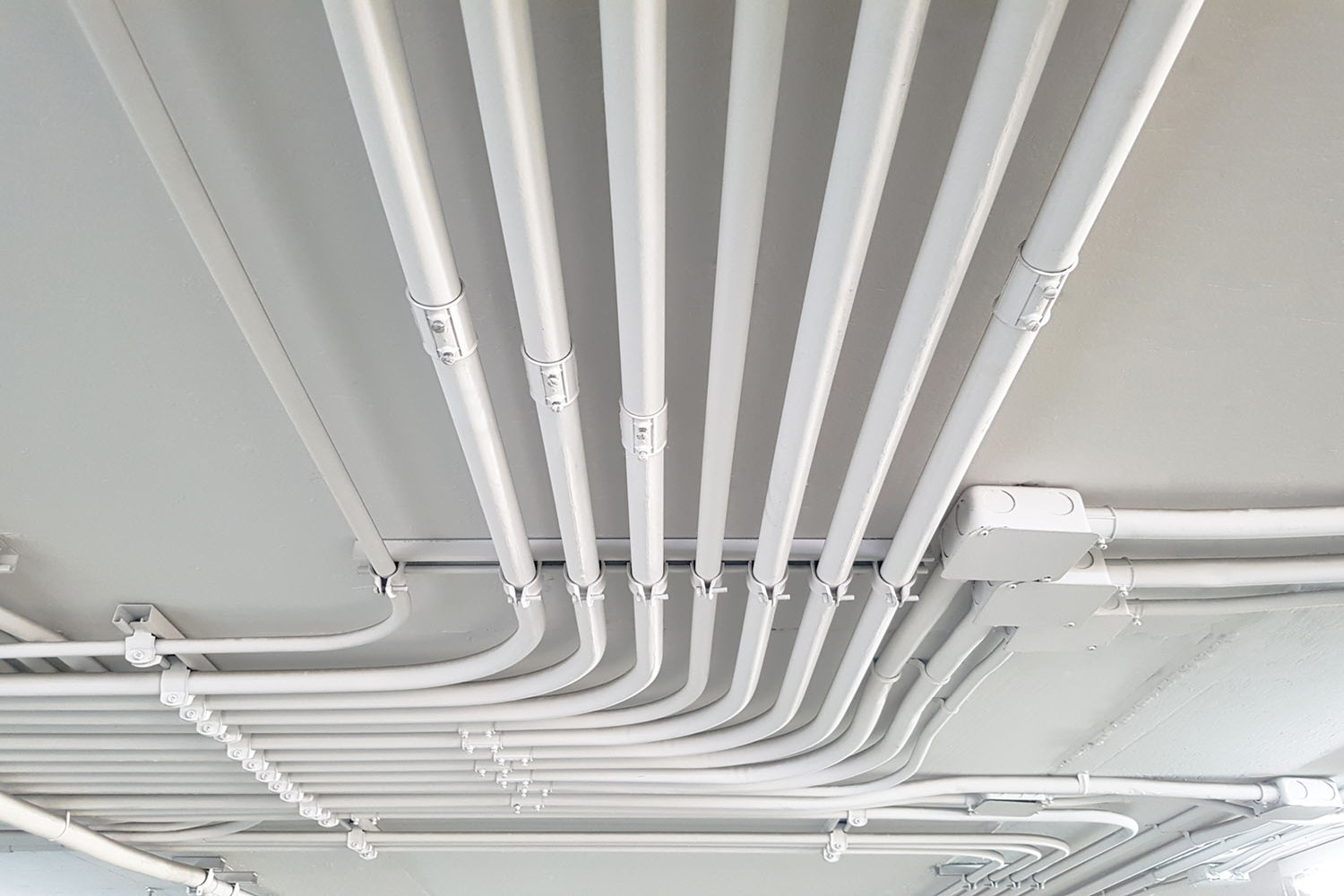
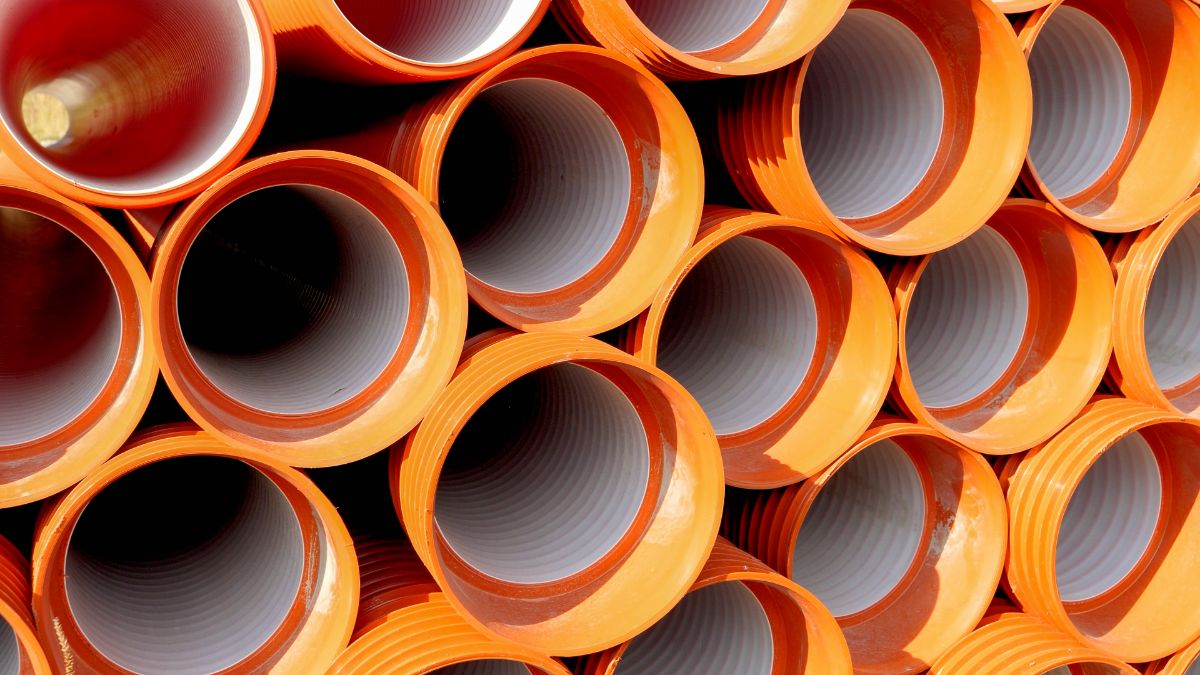
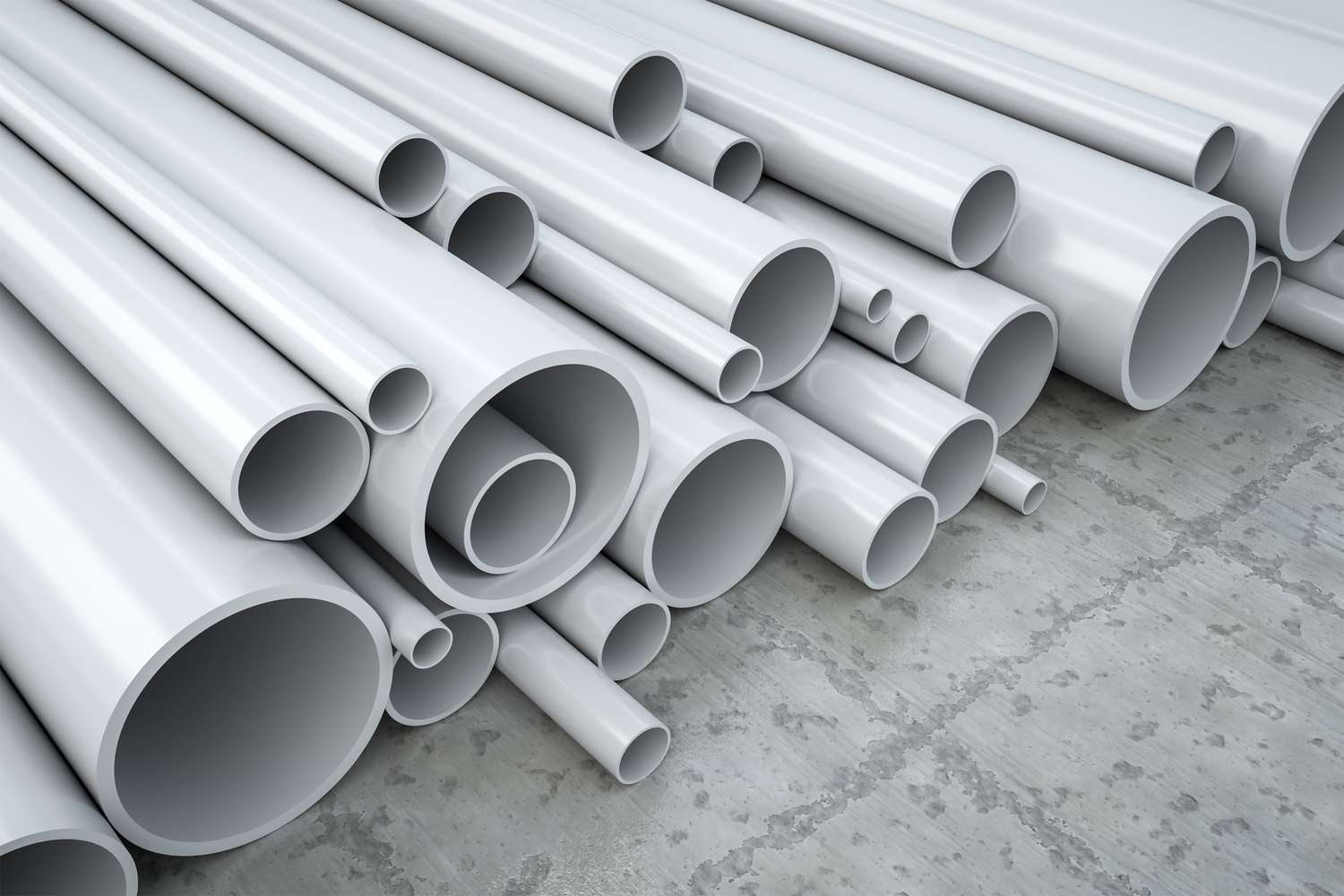
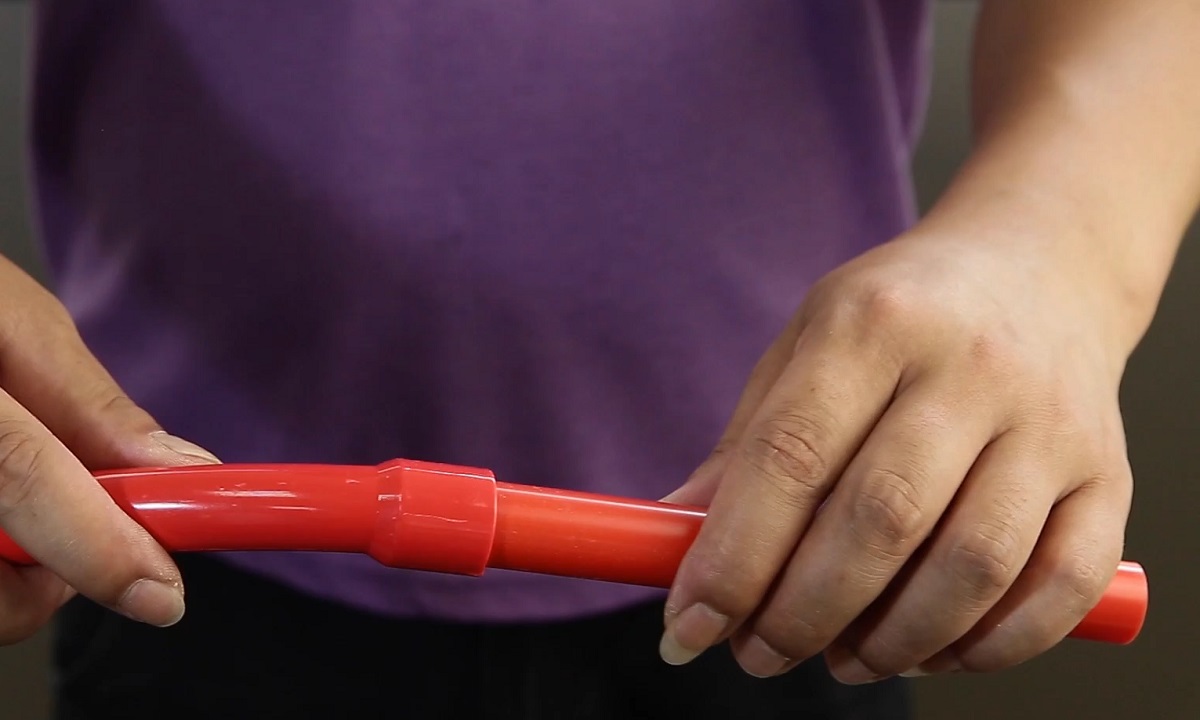
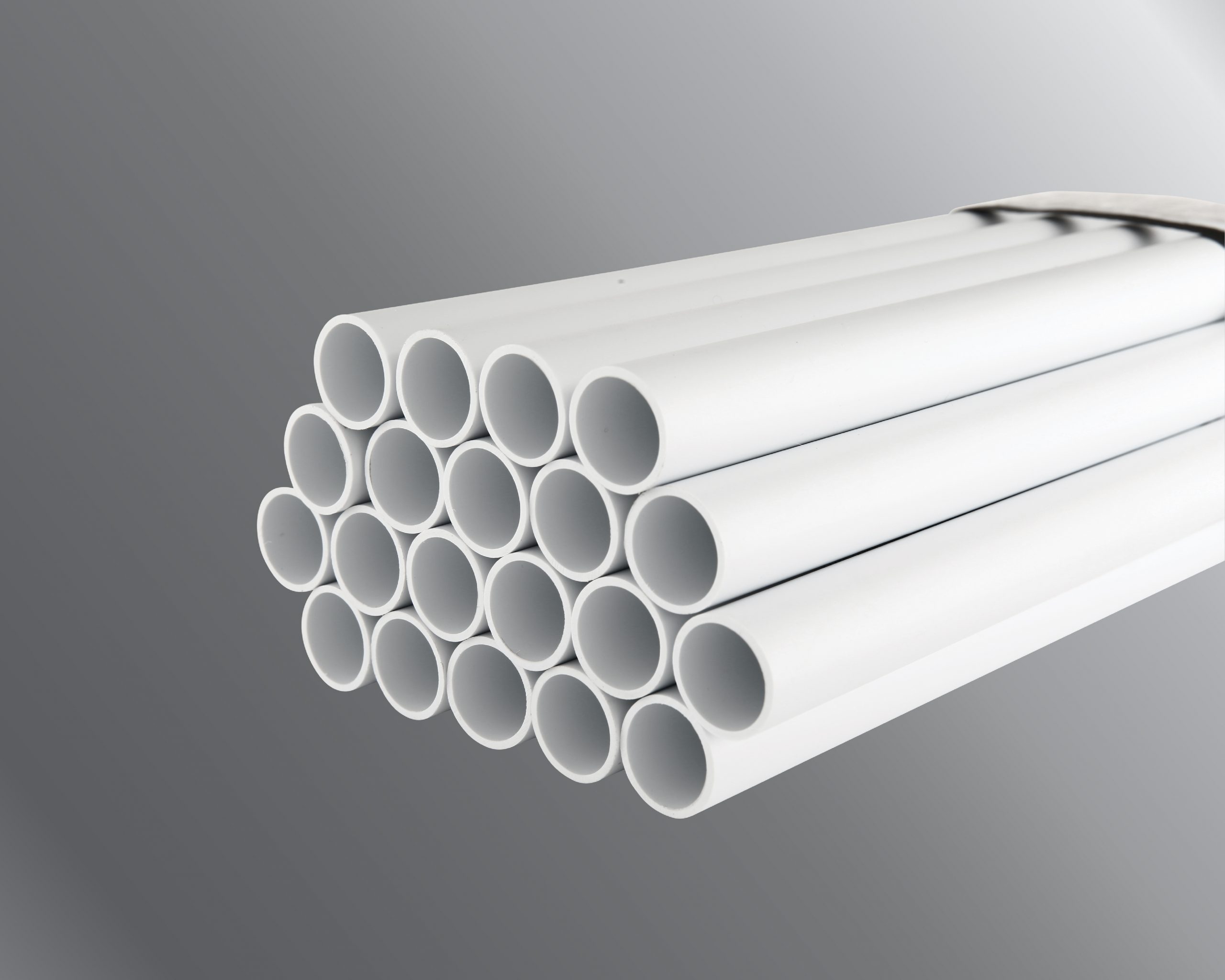
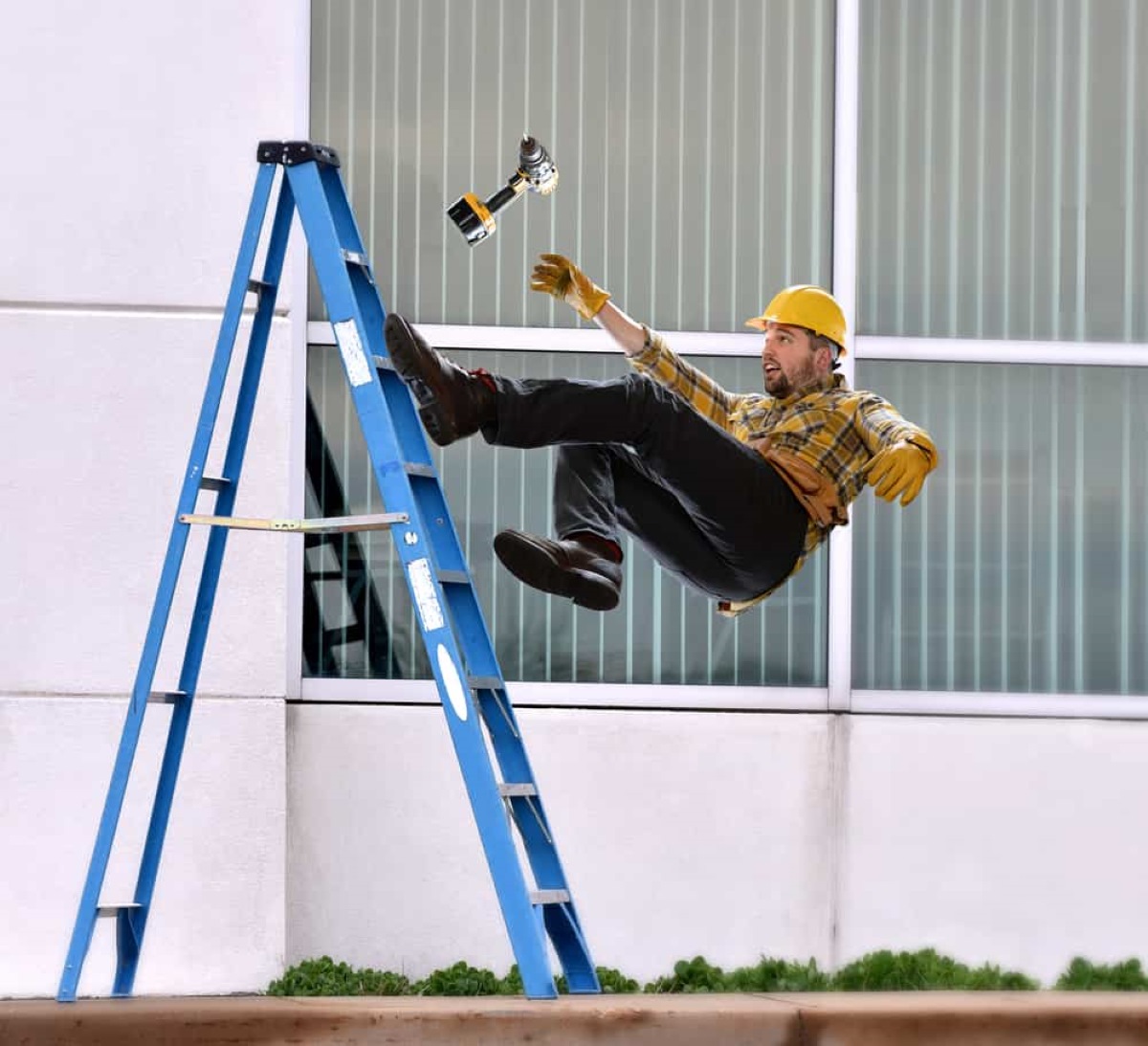
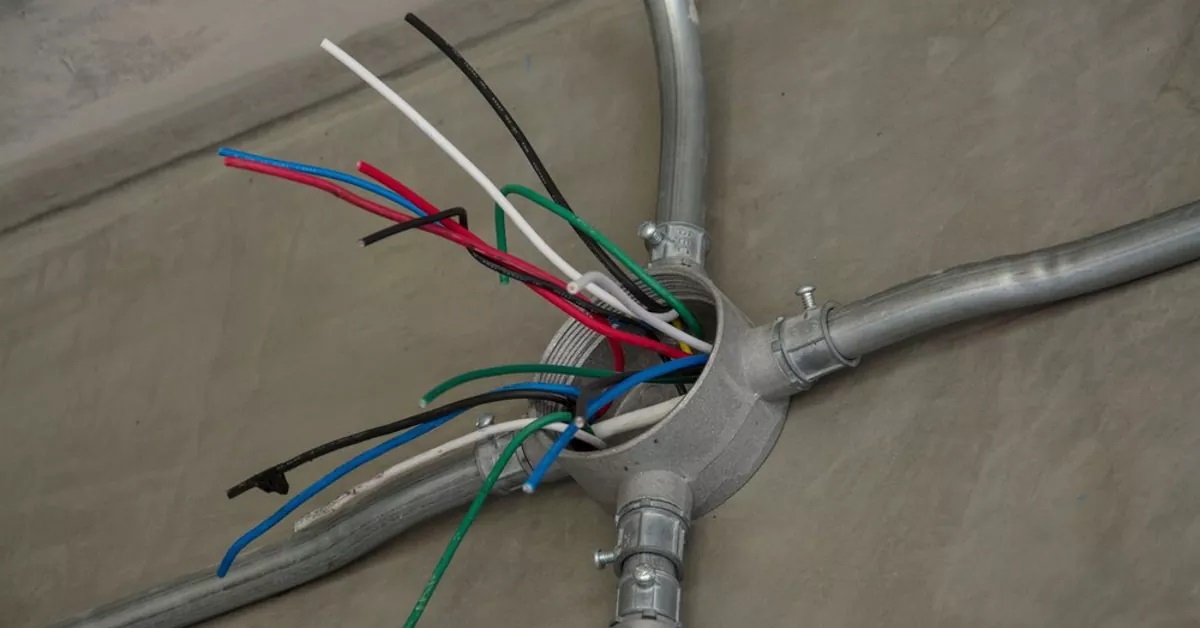
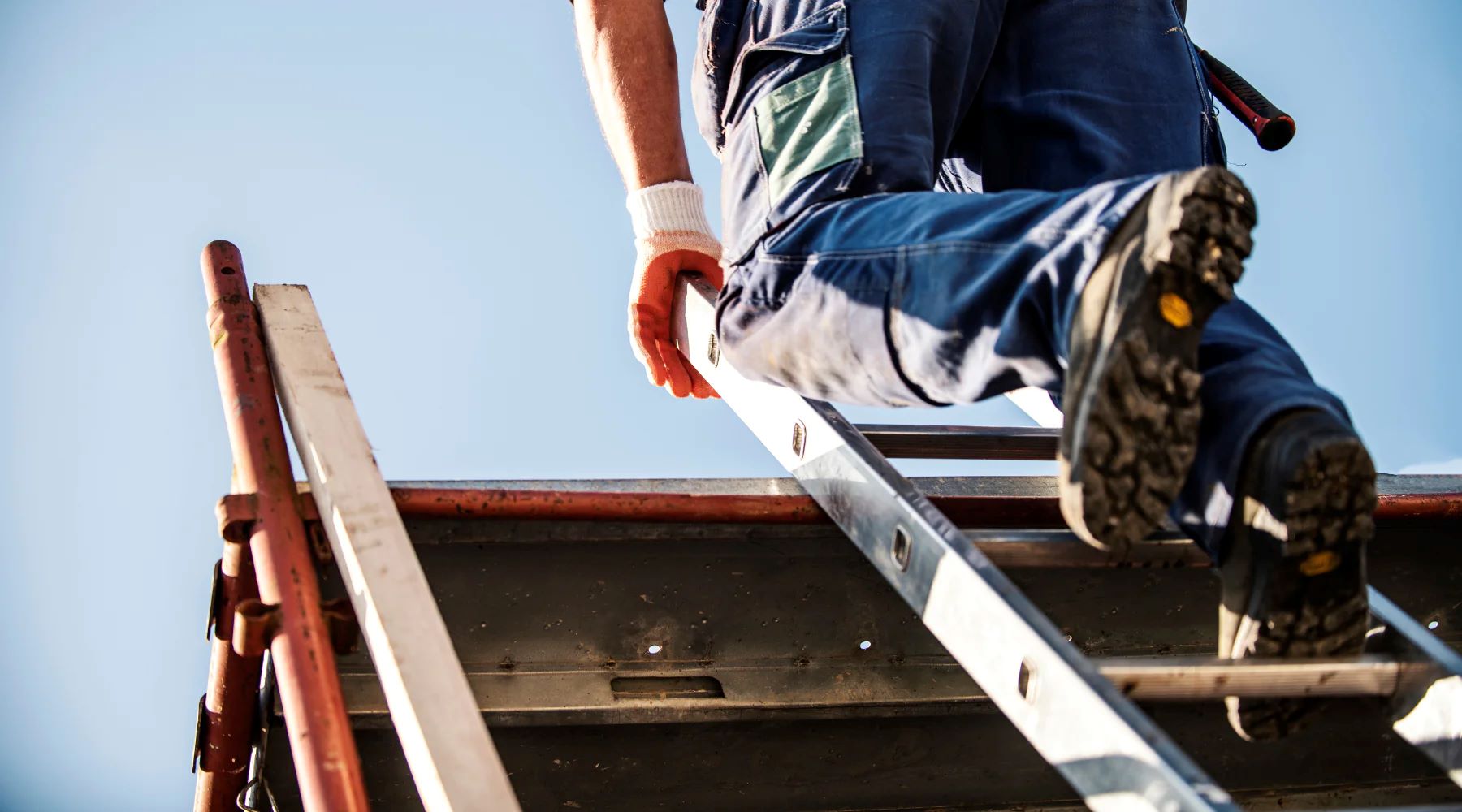
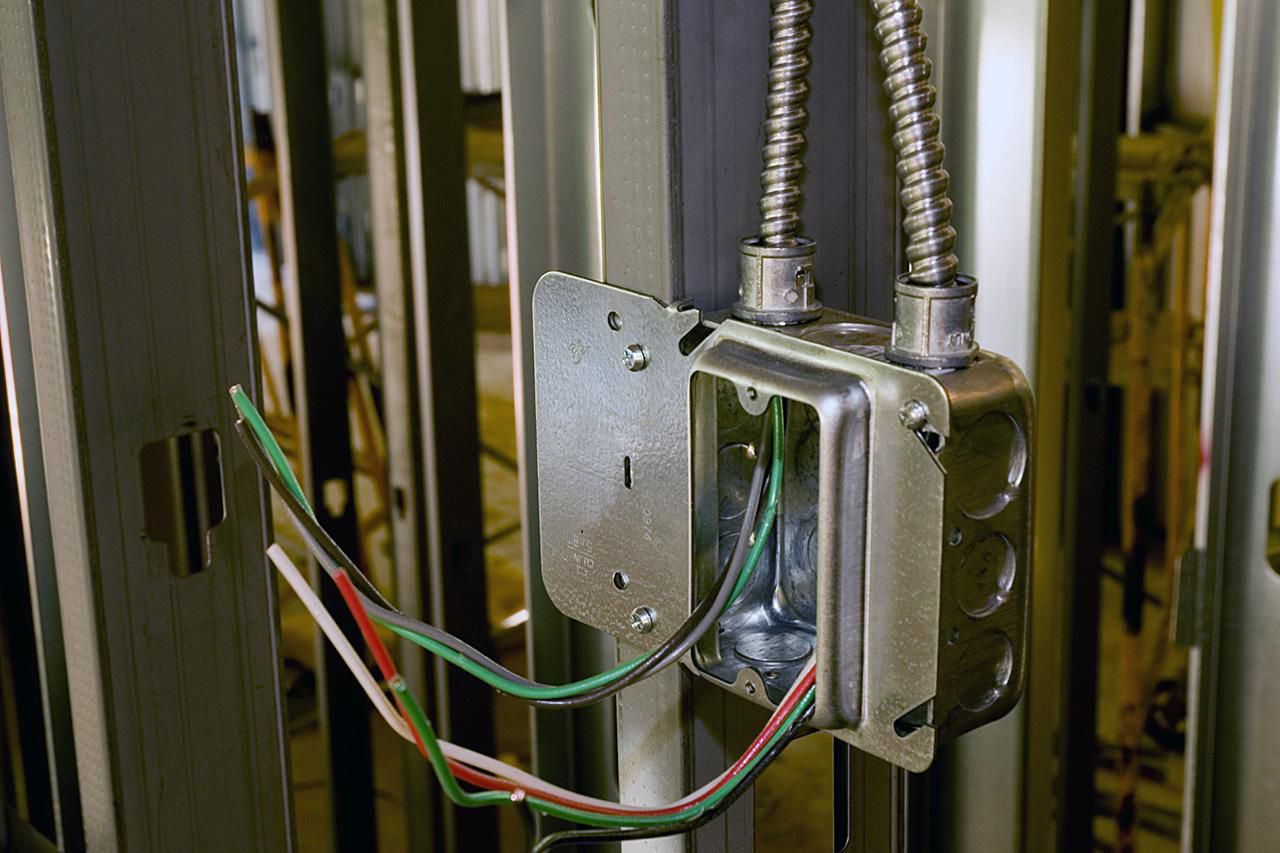
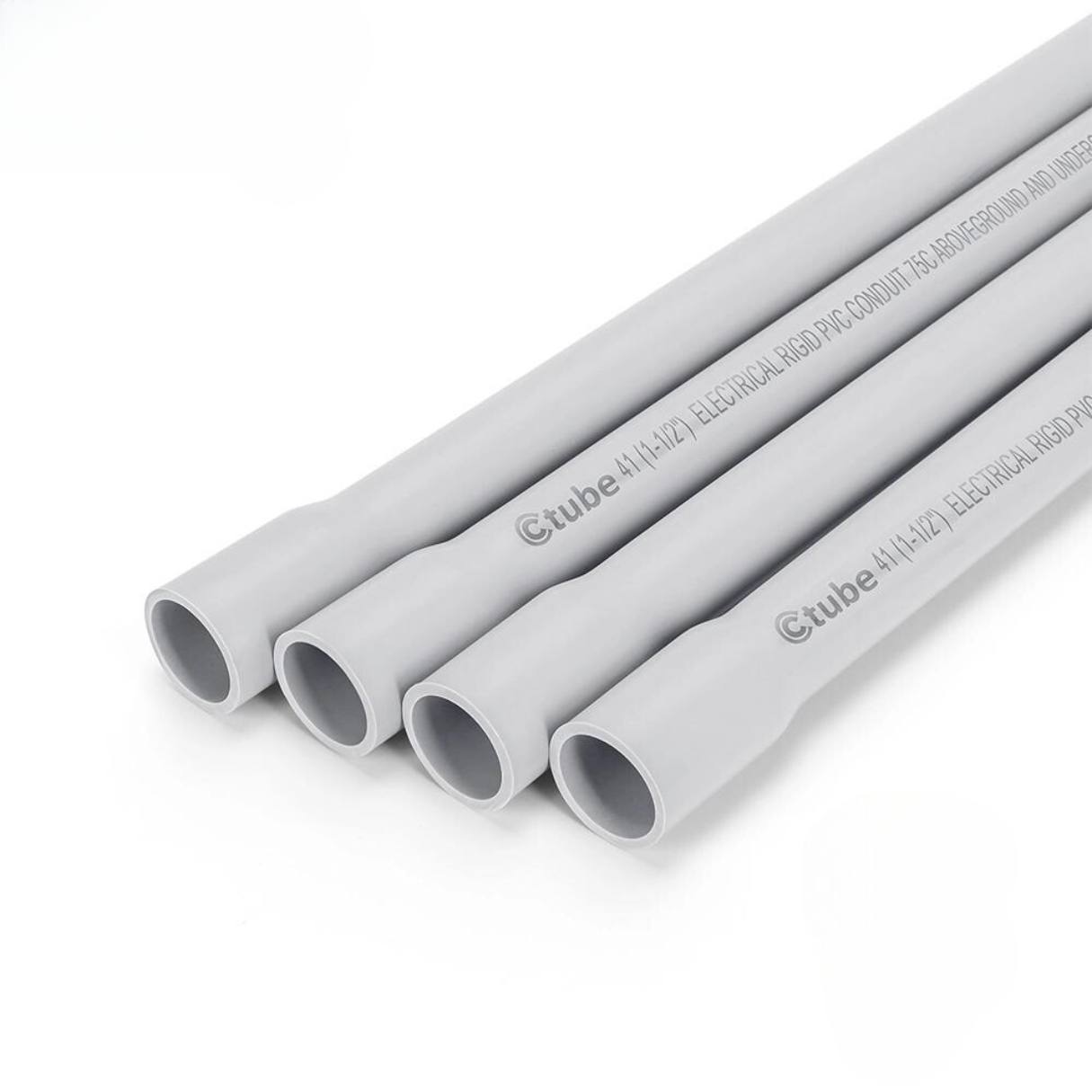

0 thoughts on “What Are The Important Safety Precautions To Note When Using A PVC Conduit”